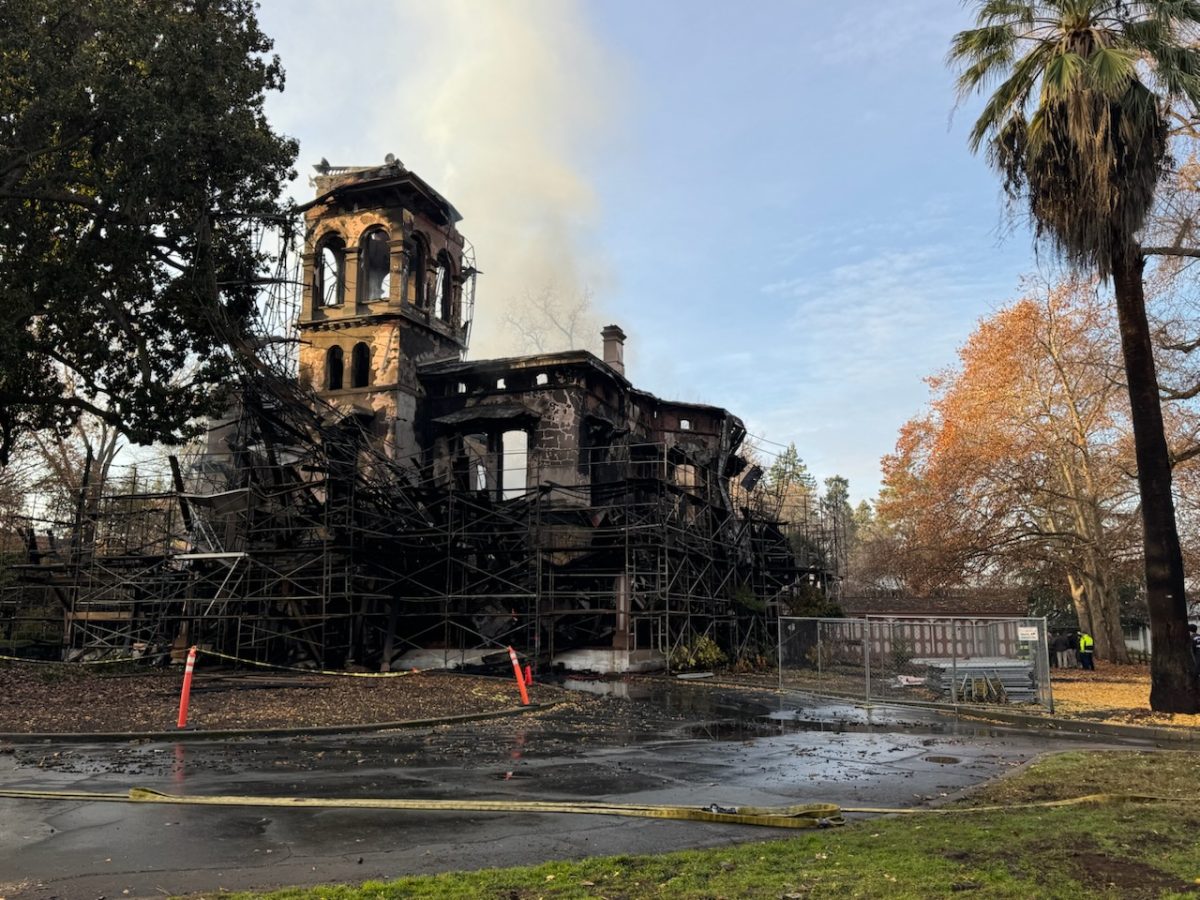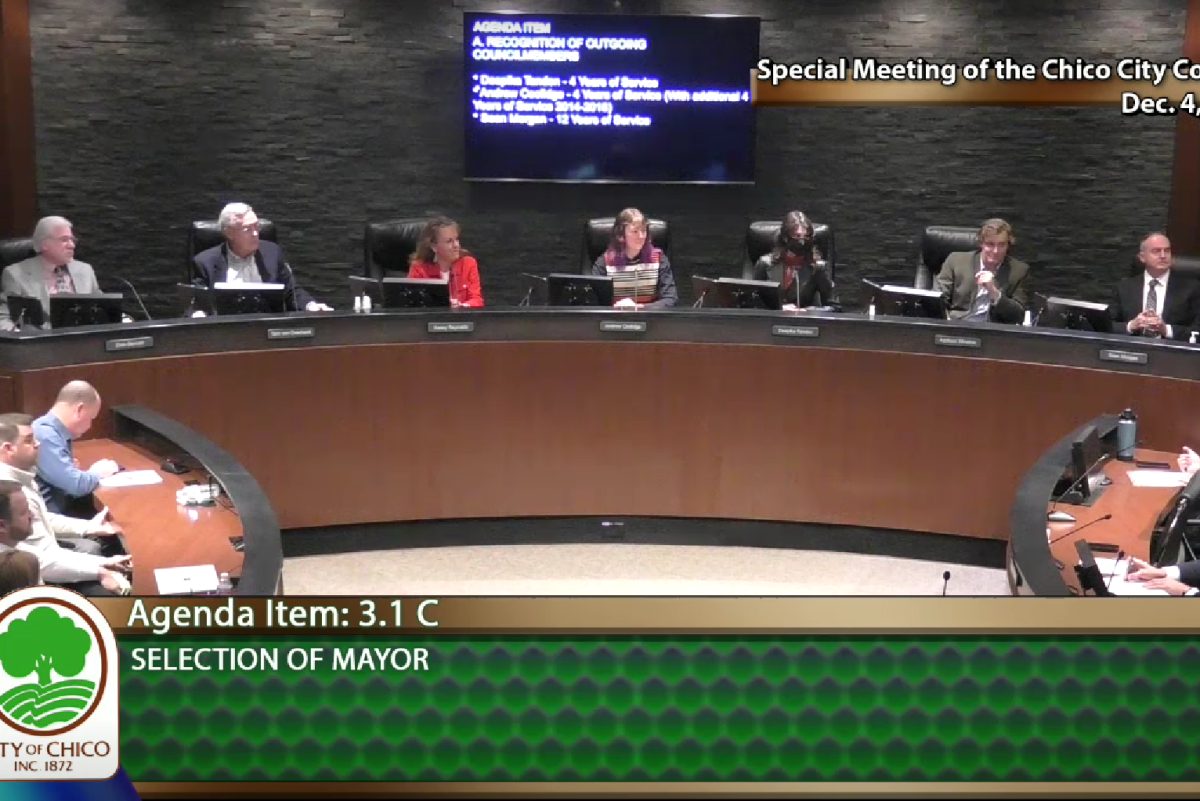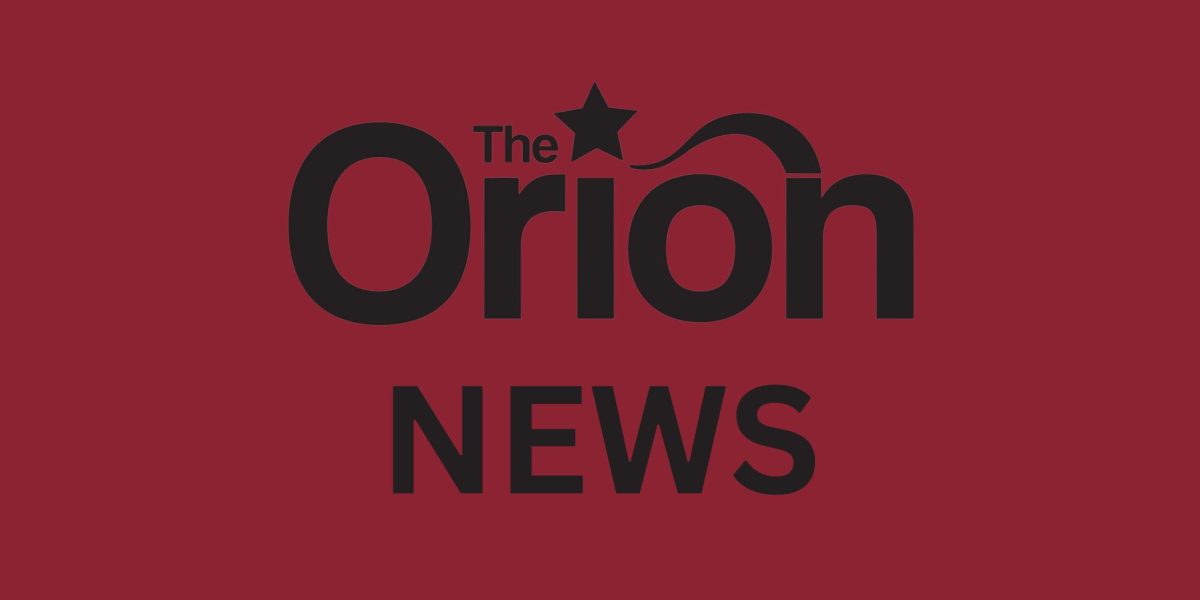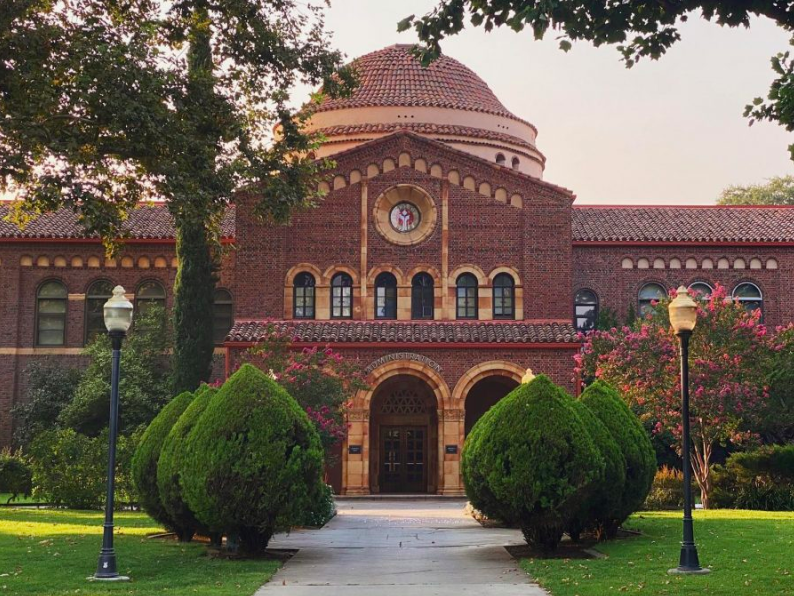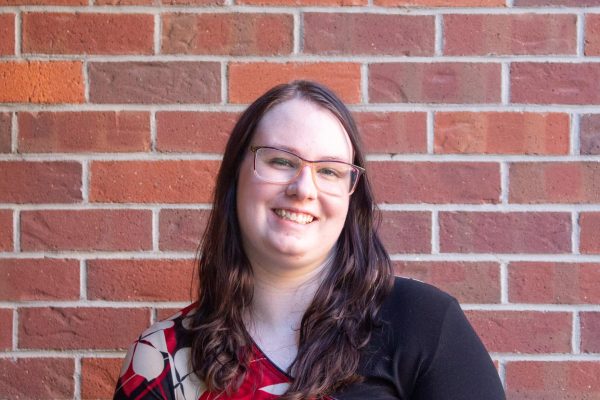Chico State has ranked number six on Washington Monthly’s “2023 Master’s Rankings” and number 17 on “2023 Best Bang for the Buck Rankings:West” due to graduation rates, Pell Grants, earnings, among others.
In August, Chico State was also ranked in the top 15% by Money magazine for the lowest estimated price for the 2023-24 tuition, however all CSU campuses may be facing a tuition raise across all education levels starting next school year.
Chico State received a four-and-a-half out of five star score on Money magazine’s “The Best College in America 2023” list, but come September the California State University Board of Trustees could approve a multi-year tuition proposal.
The proposal outlines a 6% tuition raise per academic year. After five years, the tuition increases will “sunset.”
Around 18 months prior to the 2028-2029 academic year the CSU Board of Trustees, with student input, will revisit and reassess the sunsetting of the tuition increases. The board will determine if the rates should stay flat or change for the 2029-2030 academic year and beyond, according to Hazel Kelly, the Chancellor’s Office strategic communications and public affairs manager.
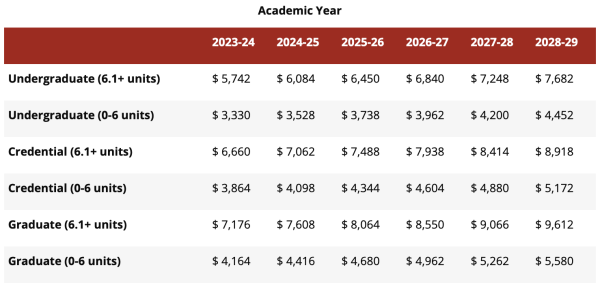
If the board approves the proposal, the first tuition raise will occur during the fall 2024 semester. During the first year, tuition will rise $342 for full-time undergraduate students. The current undergraduate tuition is set at $5,742 per academic year, and there has not been an increase in 10 out of 11 of the past years, according to the proposal.
Over the first year, the projected proposal revenue is $148 million, $49 million of which will go toward the CSU’s State University Grant Fund. By the 2028-29 academic year, revenue projection is at $840 million.
Around 249,000 — or 60% — of CSU students’ tuition is fully covered and will not be impacted by the tuition raise. However, there is no guarantee the state will increase Cal Grant or California Dream Act awards as CSU tuition increases.
It is also unknown if Pell Grant awards will increase, but it will not go over the maximum full-time 2023-24 academic year award, set at $7,395, until 2028-2029.
For those in the Federal Work Study program, to accommodate the 2024-25 tuition increase, students would need to work around an additional 42 hours a year, 166 hours total, over the course of a four-year education, according to the proposal.
The projected revenue would be used to expand the Graduation Intiative 2025, provide competitive salaries and benefits for faculty and staff, ensure sustainable facilities and provide more financial aid.
As well as more student support services such as tutoring, early alert systems and Title IX efforts.
If the proposal is not approved, the CSU outlined some alternatives:
- Advocating for increased state funding
- Avoiding unnecessary costs
- Reducing academic and nonacademic programs and services
- Tapping into designated balances and reserves allocated by operating funds
FAQs on the proposal can be found here, and proposed rates can be found here.
If the proposal is not approved, the CSU would remain underfunding, according to Kelly.
“A persistently underfunded CSU would mean fewer course sections, reduced average unit loads, less student services and a longer timeline to graduation,” Kelly said.
The CSU system’s two primary sources of revenue respectively are state funding and tuition.
The CSU will continue to receive state funding through Governor Gavin Newsom’s $40.8 billion higher education investment. The CSU will be receiving a 5% general fund increase for the next five years.
However, the CSU’s general state funds “will likely not be enough to meet all the university’s needs,” Kelly said.
While a tuition raise is expected to make system-wide improvements, enrollment still poses an issue, especially at Chico State.
Chico State has seen declining enrollment since the 2017-2018 fall semester, when numbers were at 17,789, according to Chico State’s institutional research and strategic analystics.
Current estimated enrollment numbers for the current fall semester are at 13,861, according to Serge Desir Jr., Chico State’s interim associate vice president for enrollment management.
However, compared to last year, intents to enroll are up 10% and transfers are up 47%, according to Terence Lau, Chico State’s interim provost. Enrollment numbers last fall were at 13,840.
Lau said low enrollment has been impacting Chico State’s budgets, causing the university to tap into reserves to lower possible negative effects on students and employees.
But Lau admits this is not a sustainable practice, and said “like any organization, we [the university] have to be fiscally responsible and be good stewards of state resources.”
Tuition accounts for 30% of Chico State’s funding.
The university is facing a budget deficit for the 2023-24 fiscal year, and will need to lower its spending. Currently, Chico State is in a hiring freeze, outside of emergency hiring, and has reduced non-essential travel to accommodate budget impacts.
In order to reverse these effects, the university has been investing funds in outreach to attract potential students.
Programs such as the Enrollment Continuum multidisciplinary team have been formed to do what is possible to increase enrollment, according to Lau. Such as increasing:
- The pool of potential students
- The number of students who apply and attend Chico State
- High-enrollment-potential programs and
As well as improving student retention and closing equity gaps.
Certain efforts, such as campus improvement projects on the new new Behavioral and Social Sciences building and Meriam Library’s third floor, will continue to occur and move forward because funds were previously allocated from capital project funds from the CSU and State of California.
Lau said the university has invested hundreds of millions of dollars over the past few years on new state-of-the-art facilities for students.
“We [the university] have an obligation to protect the safety, security and maintenance of our buildings, and that critical work will continue,” Lau said. “We [the university] have to invest in new projects to replace some of our aging buildings, which as the second-oldest CSU means we have many.”
Ariana Powell can be reached at [email protected] and [email protected].





